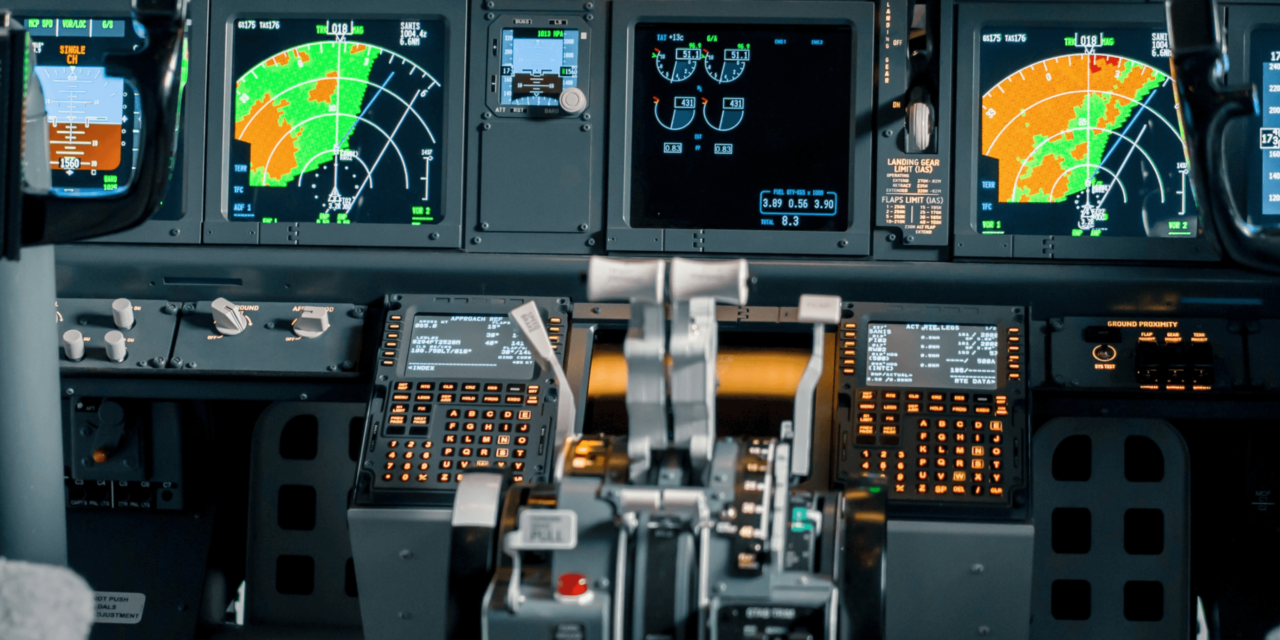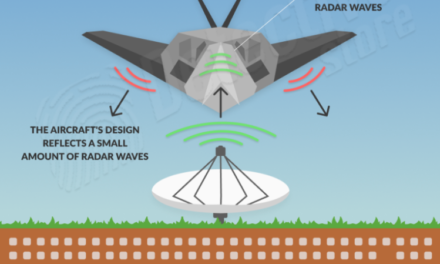Modern avionics systems significantly enhance cockpit automation and navigation by leveraging advanced technologies to improve safety, efficiency, situational awareness, and decision-making capabilities for pilots. Here’s how these systems contribute:
1. Enhanced Navigation Capabilities
- Global Navigation Satellite Systems (GNSS):
- Avionics systems use GNSS, such as GPS, Galileo, or GLONASS, for precise navigation.
- Enables area navigation (RNAV) and required navigation performance (RNP) approaches, enhancing efficiency and reducing reliance on ground-based navigation aids.
- Inertial Navigation Systems (INS):
- Complements GNSS by providing accurate position and orientation data without external signals, ensuring continuity in GPS-denied environments.
- Synthetic Vision Systems (SVS):
- Combines terrain databases and GNSS data to create a virtual 3D view of the environment, helping pilots navigate in low visibility.
2. Advanced Cockpit Displays
- Glass Cockpits:
- Replaces traditional analog gauges with multifunction displays (MFDs) and primary flight displays (PFDs) that integrate flight, navigation, and systems data.
- Reduces clutter and provides a cleaner, more intuitive interface for pilots.
- Head-Up Displays (HUDs):
- Projects critical flight data onto the windshield, allowing pilots to maintain situational awareness while focusing on the outside environment.
- Enhanced Vision Systems (EVS):
- Utilizes infrared or other imaging technologies to improve visibility in poor weather or at night, integrated with cockpit displays.
3. Automation of Flight Controls
- Autopilot Systems:
- Automatically controls the aircraft’s trajectory during various phases of flight, reducing pilot workload.
- Modern autopilot systems integrate with navigation systems to perform complex maneuvers like auto-landing and route adjustments.
- Flight Management Systems (FMS):
- Centralizes navigation, performance, and route planning.
- Computes the most efficient flight path based on real-time data, including wind, weight, and fuel consumption.
- Automatic Throttle Systems:
- Manages engine power automatically, optimizing performance during climb, cruise, and descent.
4. Improved Situational Awareness
- Traffic Collision Avoidance Systems (TCAS):
- Monitors nearby aircraft and advises pilots on collision avoidance maneuvers.
- Terrain Awareness and Warning Systems (TAWS):
- Alerts pilots to potential terrain collisions by using a digital terrain database and aircraft position data.
- Weather Radar Systems:
- Detects weather patterns, turbulence, and wind shear, enabling pilots to make informed decisions about route deviations.
5. Integration of Communication and Data Systems
- Automatic Dependent Surveillance–Broadcast (ADS-B):
- Transmits aircraft position and velocity data to air traffic control and other nearby aircraft, improving traffic management and situational awareness.
- Data Link Communication:
- Allows pilots and air traffic controllers to communicate via text-based messages, reducing misunderstandings in busy airspace.
- Electronic Flight Bags (EFBs):
- Provides digital access to charts, manuals, and flight data, replacing bulky paper documents and enhancing pre-flight and in-flight efficiency.
6. Adaptive and Predictive Systems
- Weather Prediction and Avoidance:
- Modern avionics integrate real-time meteorological data, enabling pilots to proactively avoid hazardous weather conditions.
- Performance Monitoring:
- Continuously monitors aircraft systems, alerting pilots to potential issues before they escalate.
- Energy Management Systems:
- Optimizes descent and climb profiles to save fuel and reduce emissions.
7. Safety and Redundancy
- Fail-Safe Designs:
- Modern avionics systems incorporate multiple layers of redundancy to ensure reliability even in the event of component failure.
- Integrated System Alerts:
- Provides prioritized alerts for system anomalies, enabling pilots to address critical issues promptly.
Impact on Aviation
Modern avionics systems have revolutionized cockpit operations by automating repetitive tasks, reducing pilot workload, and enhancing situational awareness. They have made flying safer, more efficient, and accessible, allowing pilots to focus on decision-making and passenger safety. These advancements are critical in meeting the growing demands of modern aviation while maintaining stringent safety standards.













